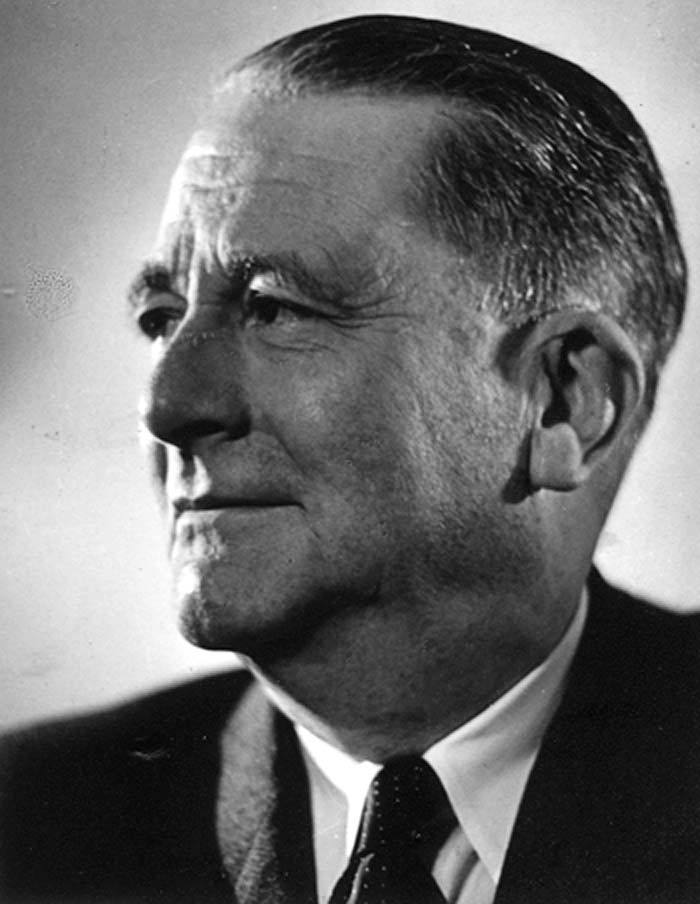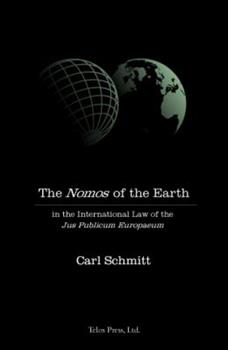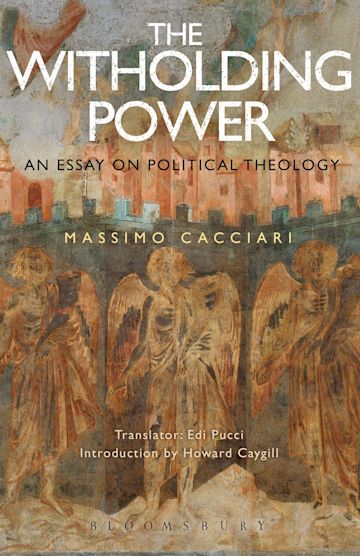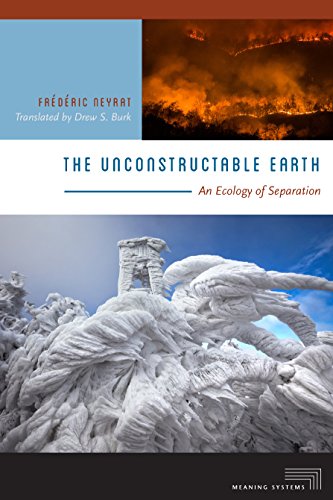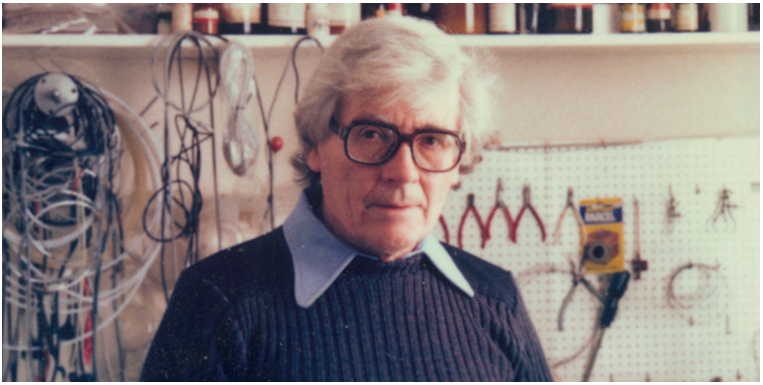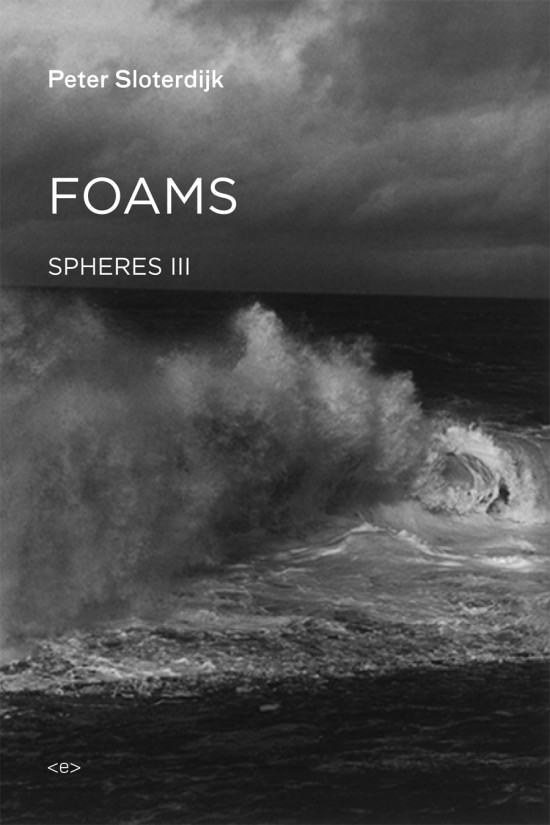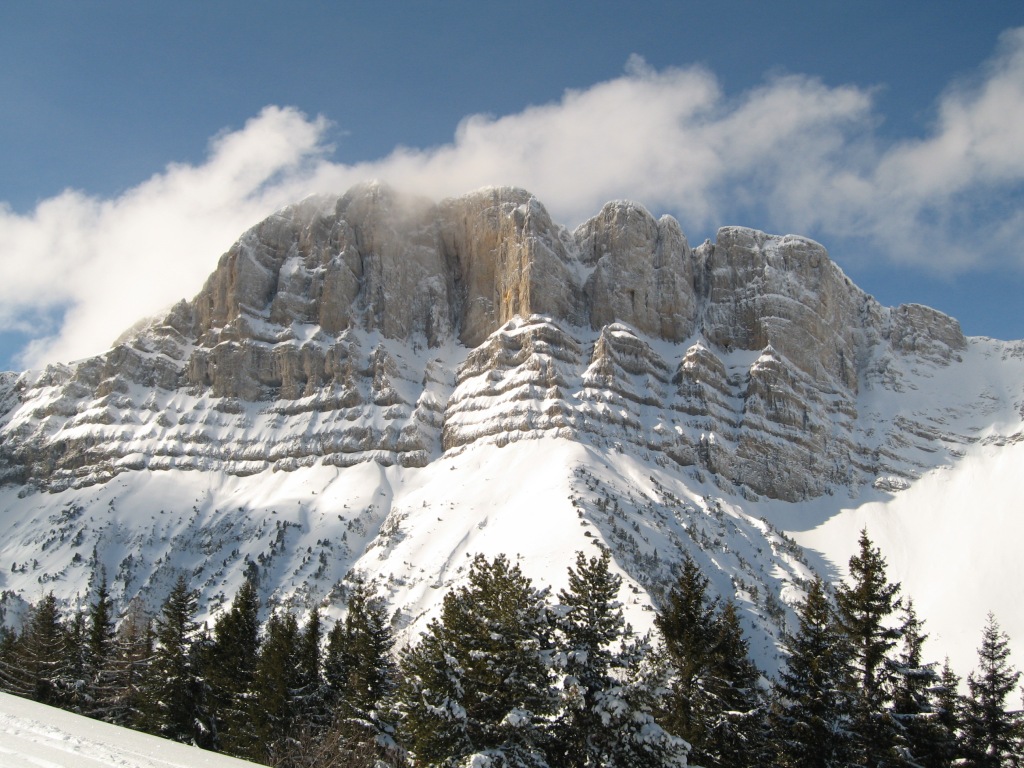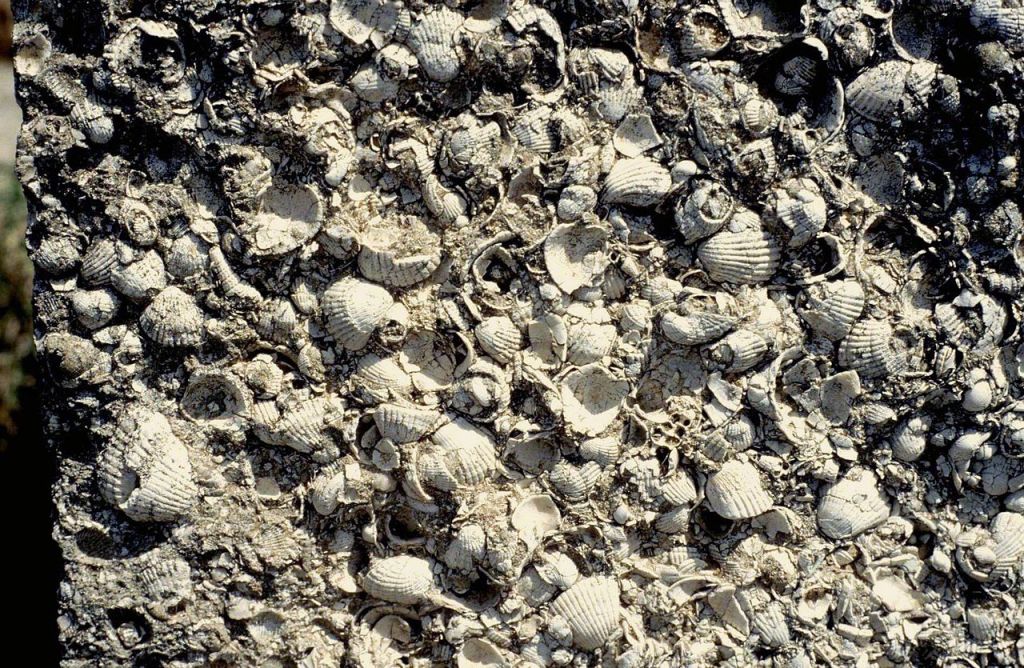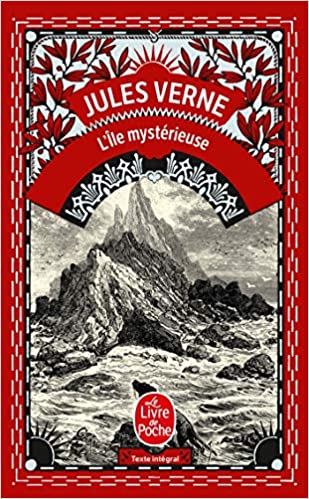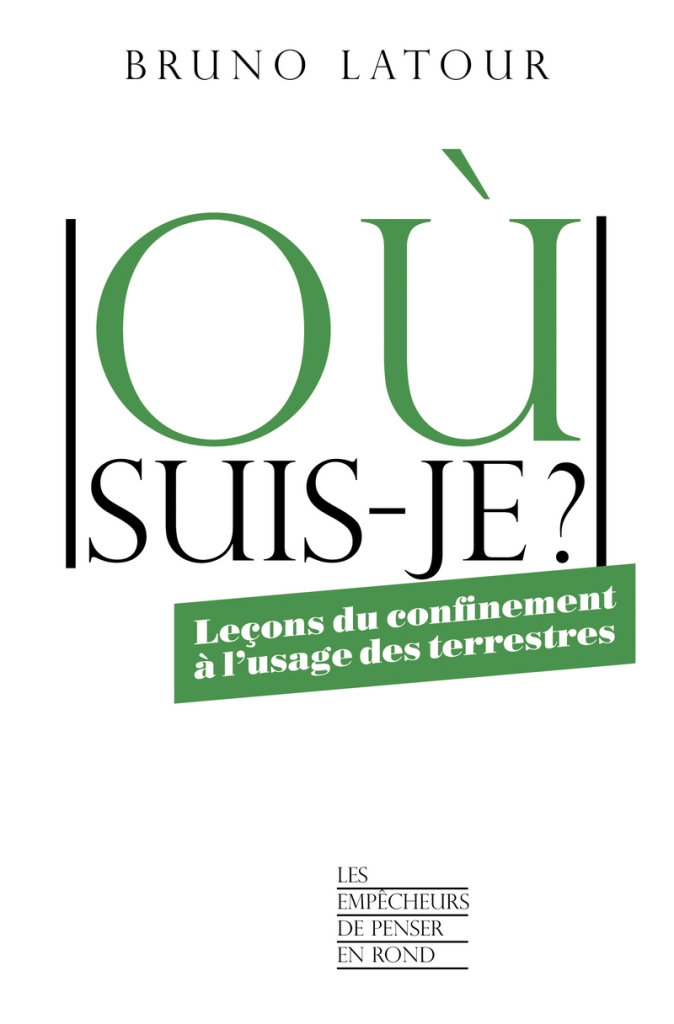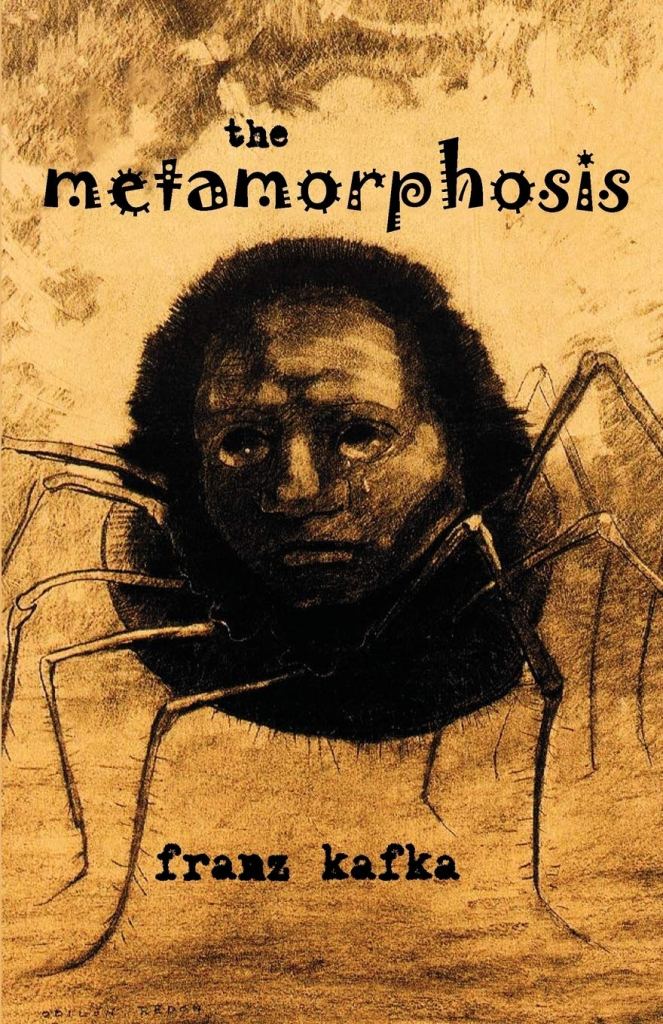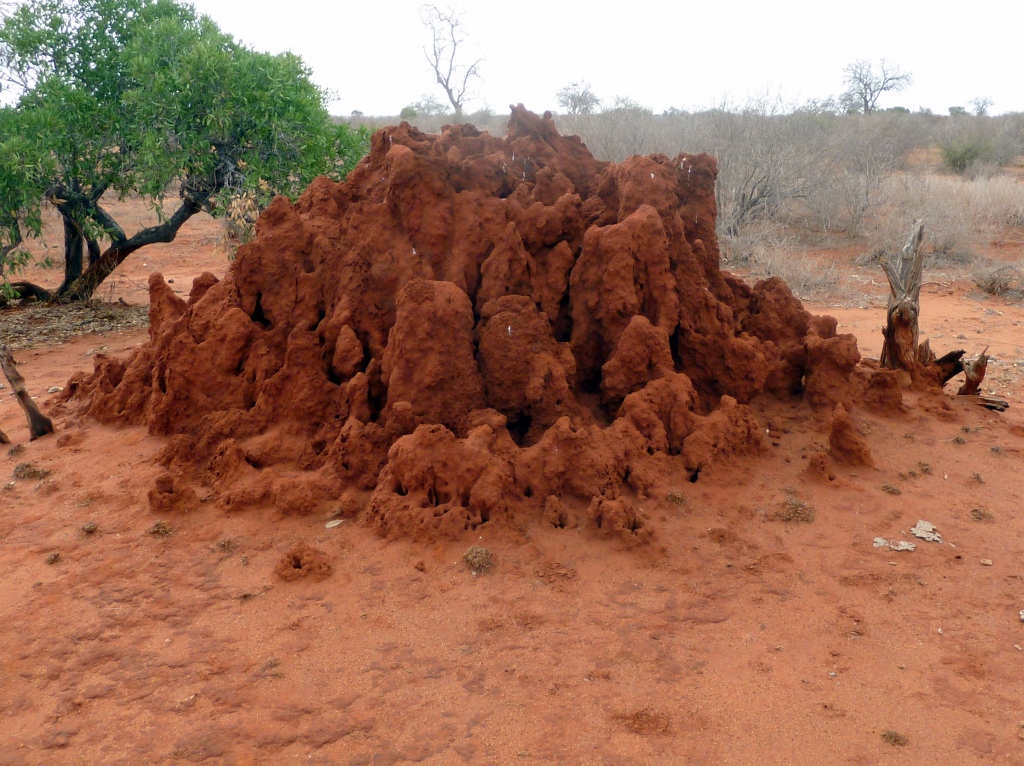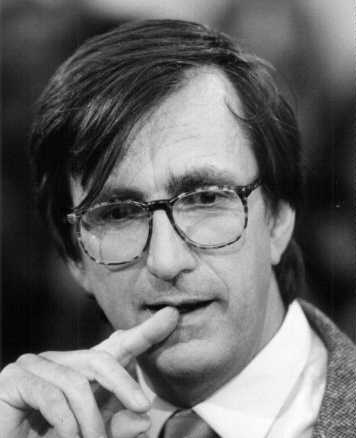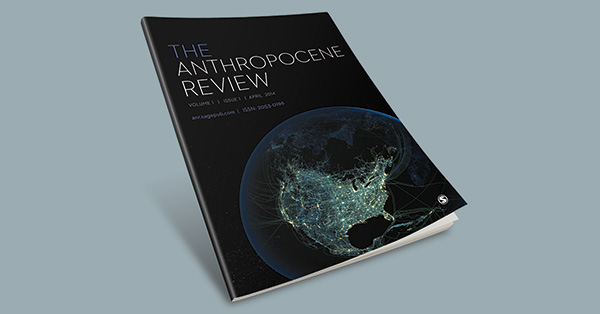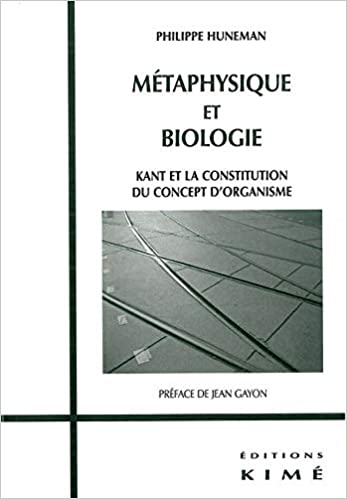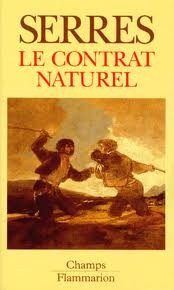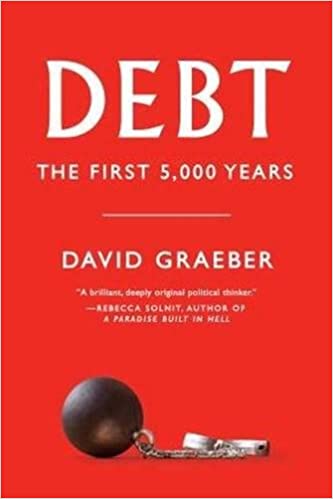Recently a short article of mine was recently published on the excellent Genealogies of Modernity blog. I repost it here, merely with the aim of including some of the footnotes and references that were precluded by that format.
To look up the verb katecho (κατέχω) in a Greek lexicon is to encounter a long and complex entry. Among others, we are likely to notice the following definitions: “to hold back or withhold; to hold down, restrain or keep in check; to put off or delay; to cover, conceal or wrap; to have control over or seize possession of.”
The rich polysemy of the word is instructive when we turn to its various occurrences in the New Testament, and in the Second Letter to the Thessalonians in particular (2 Thess 2:6,7). In this Epistle, the Apostle Paul is responding to rumors about the imminent return of Christ. He reminds the Christian community in Thessalonica that this event will not take place so long as a divinely-appointed restraining force, the katechon, remains in place. Only when this is lifted or removed will there be a final confrontation between Christ and “the lawless one,” followed by the end of the world itself. In this text, then, the katechon seems to refer to a power or entity that is holding back or deferring the eschaton, and whose operation is currently active in the midst of human affairs.
The actual referent of the term katechon, this power or entity that restrains the end of time, is less clear. No explanation is offered by Irenaeus, who was the first to quote the Scriptural text itself, nor by Hippolytus. Tertullian proposes a more concrete idea in his Apologeticum when he suggests it refers to the Roman empire itself.[1] “The tremendous force which is hanging over the whole world, the very end of the age, with its threat of dreadful afflictions…is arrested [retardii] for a time by the continuance of the Roman empire,” he writes. Since Christians have “no desire to experience this event,” and indeed “pray that it may be deferred [differri],” it follows that “we favour the continuance of Rome.” For Tertullian, the Roman empire, being in its essence law, opposes that which is lawless and therefore can be equated with the katechontic force identified by the Apostle. The alignment of worldly imperium with divine providence that is implied here prefigures a number of subsequent political theologies that seek to baptise an earthly sovereign as exclusive guarantor of social order (Eusebius of Caesarea; the Catholic authoritarianisms of de Maistre and Donoso Cortés; Thomistic-Maurrasian integralism).
But there is an alternative strand of interpretation. Here, the katechon is understood not as referring to a secular power, but rather to the activity of God or the spiritual jurisdiction of the Church. Intimations of this are found in Augustine and Chrysostom (although both expressed caution about their exegesis of these verses), as well as in Theodore of Mopsuestia and Theodoret of Cyrus. Later, Calvin makes this idea explicit when he suggests that it is “more probable” the Apostle was announcing “that the light of the Gospel must be diffused through all parts of the earth before God would thus give loose reins to Satan.”[2] Holding back the eschaton was therefore an expression of the mercy of God in allowing time for more people to be converted to faith. The effect on those who understand this should be a renewed energy for mission and good works in the world.
A tension between these two interpretations—the katechon as referring to a temporal or to a spiritual power—is evident throughout the history of Christian thought. That tension has been transposed onto the thinker who has done more than anyone else to revitalize the concept for contemporary political theory: Carl Schmitt.
Writing towards the end of his career, Schmitt proposes that the concept of the katechon provides the key to all his writing: “for more than 40 years I have been collecting materials on the problem, and for all these years I have looked for a human ear that would listen to this question and understand it—for me, it is the crucial question [Kernfrage] of my political theology.”[3] Although it is likely he first encountered the idea in the 1930s via his friend Wilhelm Stapel, a political journalist and member of the German nationalist Conservative Revolutionary Movement, the word began to appear in his own work in the 1940s. For example, in a 1942 article published in the weekly Nazi propaganda newspaper Das Reich he refers to the katechontic role of the German imperial project, whose role was to “prevent the long-overdue apocalyptic end of times from already happening now.”[4] The term then features prominently in his post-war writing, especially in his diaries and in his important 1950 book The Nomos of the Earth.
But what valency does Schmitt claim for this obscure concept in relation to his own political theory?
A direction to answer to this question is often found in an observation made by Jacob Taubes. Scarred by his experience of the disintegration of the Weimar system in the 1920s and 1930s, Taubes argued that Schmitt had one central intention in all his work, namely, “that chaos should not rise to the top, that the state should remain. No matter what the price.”[5] For Taubes, “this is what Schmitt later called the katechon, which is the restrainer [der Aufhalter] that holds down the chaos that pushes up from below.”The assumption here is that Schmitt deploys the concept of the katechon in order to explain the right of a political entity, a nation-state or an empire, to avoid chaos by enforcing order within its boundaries.
Understood in this way, the concept presents itself as a tool for genealogical analysis. For if this is correct, then political order, wherever it is found, must be related in some way to the presence of a constituted power or entity able to restrain the threat of disorder. As Schmitt himself notes in an entry in his Glossarium of December 1947: “we have to be able to name the katechon for every epoch in the last 1948 years. The place has never been unoccupied, otherwise we would not be present anymore.”[6] So whilst there is no doubt that Schmitt’s initial reference is to the German imperialism of his day, it would appear this analysis could be applied to any period of world history, from the Ius Gentium of the ancient Roman legal system to the development of Westphalian sovereignty, and even to the contemporary political project of European union.
However, as other commentators have pointed out, not least in Massimo Cacciari’s provocative study,[7] there is something curiously reductive about the concept of the katechon as a genealogical tool. For do we expect nothing more of sovereign power than that it should merely hold back or restrain that which threatens disruption and disintegration? What resources does this provide for societal progress toward solidarity and maturity in attaining the common good? As Roberto Esposito puts it, “in delaying the explosion of evil [the concept of the katechon] also at the same time delays the final victory of the principle of good. The triumph of evil is held in check, true, but the divine parousia is also delayed by its very existence. Its function is positive, but negatively so.”[8] That is to say, there seems to be an ambiguity about the deferral that the katechon enacts. The threat of violence that is associated with the future is certainly held in abeyance. But as a corollary, the future is denuded of its power to infuse the present, inspiring a sense and a direction in time. The contemporary moment becomes one in which nothing can really happen because the sense of historical becoming, that has its truth only in the eschaton, is indefinitely deferred.
What follows is a curious depoliticization of the contemporary political order. If the eschaton is perpetually to be deferred, the present moment finds itself vulnerable to capture by alternative narratives that offer a direction to history that is fixed and immutable, whether these be economic, social, cultural or political in form. By definition, totalizing narratives like these offer no sanction or encouragement to conceive of alternative futures to the ones they themselves prescribe. As Schmitt himself put it, under a façade of promoting human freedom and choice, modernity tends to generate a “neutralization” and a “depoliticization” of the political domain. This, perhaps, explains the sense of claustrophobia felt by many who experience the neoliberal hegemony of the West. After all, as Frederick Jameson famously quipped, “nowadays it seems easier to imagine the end of the world than to imagine the end of capitalism.”[9] There is no reason to think anything significant has changed even under the shock of the global pandemic. For as Adam Tooze notes in his recent book Shutdown: How Covid Shook the World’s Economy,[10] what is remarkable about the last two years is not so much the actions taken by political administrations around the world, which have often been quite radical in size and in scope, but that in retrospect we can see these were intended not to build a new society but to preserve the old one.
“I believe in the katechon,” wrote Schmitt in 1947, “it is for me the only possibility as a Christian to understand history and find it meaningful.” Yet, as we have seen, when the concept is handled by contemporary theorists it takes on a disappointingly conservative hue. The deferral of the eschaton does nothing but clear the stage for other narratives that are ready to take its place, themselves offering to provide the structure and direction to history time that was previously allocated to providence. There seems to be little room here for political activisms that might seek to challenge the status quo.
So what remains for the katechon today?
In the next article, I will argue that the concept can indeed be redeemed. But only when it is referred back to its original theo-logic and to the (Christian) eschatological vision that first powered it. Indeed, I will show that it is precisely in these terms that the concept has been taken up and embraced in a most surprising way by a number of continental philosophers.
[1] Tertullian, Apologetic Works (trans. Joseph Daly & Edwin A. Quain, Washington, DC: Catholic University of America Press, 1997), chapter 32, section 1, p.88.
[2] John Calvin, Commentaries on the Epistles of Paul the Apostle to the Philippians, Colossians, and Thessalonians (trans. and ed. John Pringle, Edinburgh: The Calvin Translation Society, 1851), p.333.
[3] Alexander Schmitz & Marcel Lepper (eds.), Hans Blumenberg, Carl Schmitt: Briefwechsel 1971-1978 und weitere Materialien (Frankfurt am Main: Suhrkamp, 2007).
[4] Carl Schmitt, “Beschleuniger wider Willen” in Das Reich, April 19, 1942; republished in Land and Sea (trans. Simona Draghici, Washington: Plutarch Press, 1997), p.8, 43.
[5] Jacob Taubes, The Political Theology of Paul (2004, trans. Dana Hollander, Stanford, CA: Stanford University Press, 1994), p.103.
[6] Carl Schmitt, Glossarium. Aufzeichnungen der Jahre 1947-1951 (Berlin: Duncker & Humblot, 1991), p.63 (cited & trans. in Peter Szendy, 2016, ‘Katechon’ in Political Concepts: A Critical Lexicon).
[7] Massimo Cacciari, The Withholding Power: An Essay on Political Theology (London: Bloomsbury, 2018).
[8] Roberto Esposito, Immunitas: The Protection and Negation of Life (trans. Zakiya Hanafi. Cambridge: Polity Press, 2011, 2002), p.63).
[9] Frederic Jameson, ‘Future City’ in New Left Review No. 21, May–June, 2013, p.76.
[10] Adam Tooze, Shutdown: How Covid Shook the World’s Economy (London: Penguin Random House).

